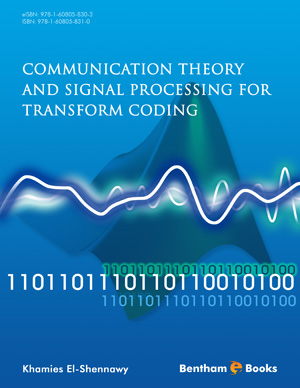Abstract
SHS investigation development is considered from the geographical and historical viewpoint. 3 stages are described. Within Stage 1 the work was carried out in the Department of the Institute of Chemical Physics in Chernogolovka where the scientific discovery had been made. At Stage 2 the interest to SHS arose in different cities and towns of the former USSR. Within Stage 3 SHS entered the international scene. Now SHS processes and products are being studied in more than 50 countries.
Abstract
Fourier analyses involve the resolution of signals into sinusoidal components to describe the spectral contents of the signals in the frequency domain. There are two major techniques of Fourier analyses namely: Fourier series and Fourier transform. Fourier series analysis resolves the periodic signal (power signal) into an infinite sum of sinusoidal wave components, while Fourier transform analysis performs a similar role in the analysis of the unperiodic signal (energy signal) which are more general use in the signal processing (chapter III). Fourier transform can also be used, in a limiting sense, to represent the periodic signals as an infinite sum of sinusoidal wave components (chapter V). An example, the frequency content of the direct current dc signal, is the zero frequency component only, while the frequency content of the signal x(t), Fig.2.1, are two components of frequencies: the zero frequency due to the dc component and the frequency f Hz due to the alternating current ac component imposed on the direct current. Then, as long as the amplitude of a signal varies, the signal contains certain frequency components.
Recommended Chapters
We recommend

Authors:Bentham Science Books


 Download PDF Flyer
Download PDF Flyer



